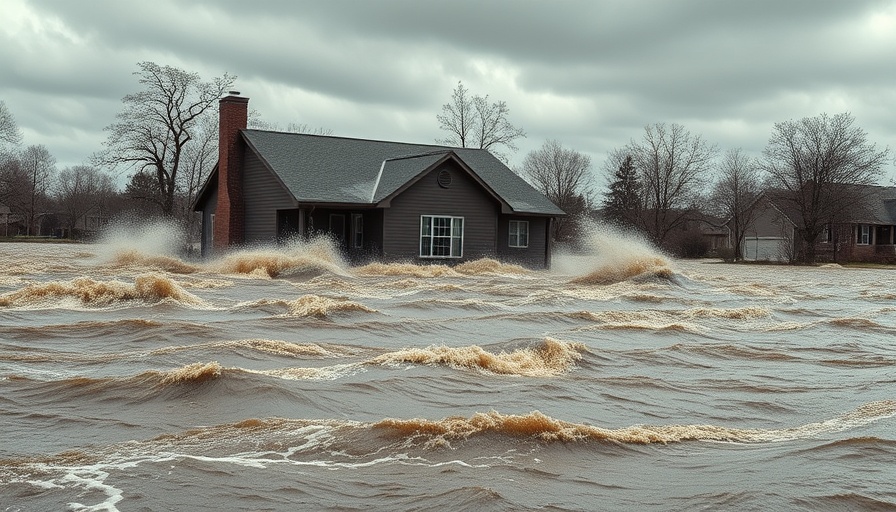
Understanding Climate Change and Natural Hazards
The recent advancements in modeling natural hazards caused by climate change, spearheaded by the National Center for Disaster Preparedness (NCDP) at Columbia University, provide vital information for communities nationwide. Tornadoes, wildfires, and rising sea levels pose increased dangers, and the accurate prediction of these disasters has never been more essential. By leveraging an interactive dataset that predicts climate change-driven extreme events on a county level, the NCDP aims to equip officials and families with the knowledge needed to prepare for the unprecedented challenges ahead.
Tormented by Tornadoes: A New Risk Landscape
One of the shocking revelations from the new dataset is the changing risk of tornadoes, which are expected to increase on the East Coast. Jonathan Sury, the lead researcher, notes, “We knew trends were moving eastward for tornadoes, and now we can show the big shift in the number of potential tornadoes moving from Tornado Alley to the Eastern Seaboard.” For residents in Eastern cities, this is a call to action to rethink their disaster preparedness plans, as traditional assumptions about tornado risks may no longer be valid.
Fires on the Horizon: Wildfire Threats Intensified
Wildfire threats, particularly to places like San Diego and Washington State’s Yakima County, are projected to escalate sharply. While some regions, like Louisiana, may experience fewer wildfires, this does not guarantee safety, as increased precipitation could lead to devastating flooding instead. Understanding the precise nature of these shifts allows communities to better allocate resources and readiness. As Sury points out, even a slight increase from 0.2% to 0.4% in wildfire risks doubles the potential threat, highlighting the dire need for adequate firefighting resources.
The Role of Data in Disaster Preparedness
Equipped with comprehensive maps, graphs, and narratives, the NCDP’s project presents an invaluable resource for city planners, policymakers, and families. It serves as a reference for understanding how natural hazards profile changes with climate alterations over time. Meer discoveries arise from a wealth of data that allows for informed decisions to mitigate future natural disasters effectively. This is a proactive approach to climate resilience, inspiring community engagement in sustainability efforts.
Why This Matters to Seattle Residents
For adults in the Seattle area, where the essence of the Pacific Northwest blends nature and urban living, understanding these evolving patterns of climate-driven hazards is crucial. Seattle, surrounded by lush forests and the Puget Sound, is not immune to these threats. Revelations from this research create an opportunity for Seattle residents to actively participate in local climate discussions and initiatives that foster community resilience against potential future disasters.
Taking Action in Your Community
With climate change imposing new challenges, Seattle's residents are urged to leverage this new information in their sustainability practices. As individuals and communities, we have the power to influence change by engaging with local authorities and promoting disaster preparedness initiatives. Consider educating yourself on the specific risks that may affect your neighborhood, and initiate conversations around disaster readiness with your friends and family. Our collective actions can lead to a more informed and resilient community.
Ultimately, while the challenges posed by climate change may seem overwhelming, the growing knowledge and resources at our disposal encourage proactive measures. By embracing a culture of awareness and preparedness, we can face the future with confidence.
 Add Row
Add Row  Add
Add 




Write A Comment